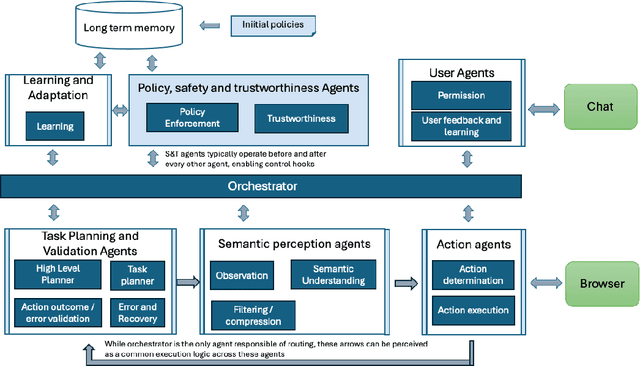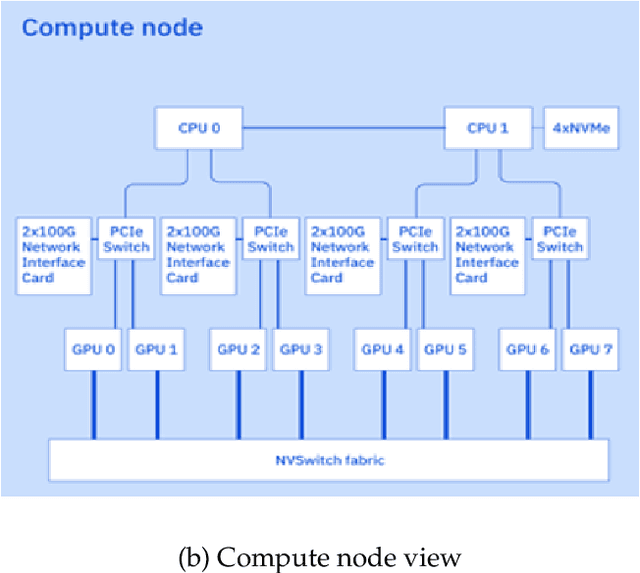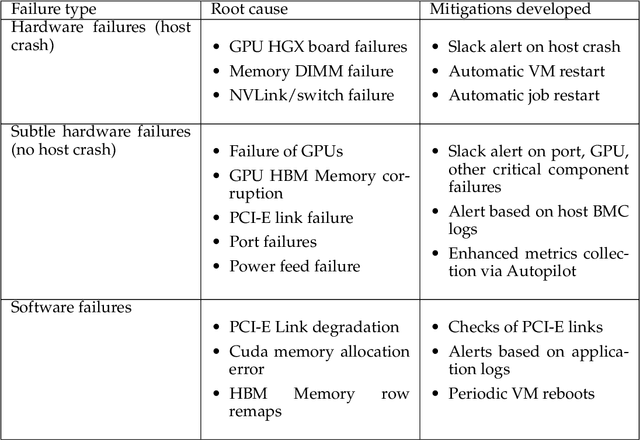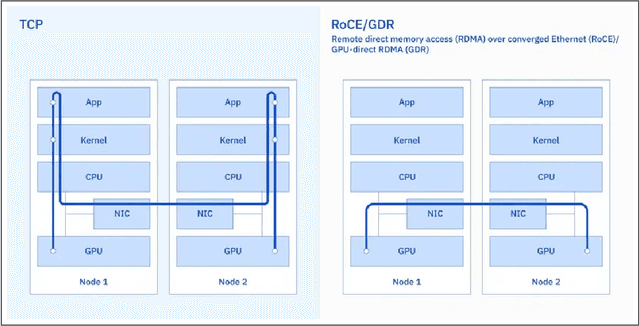Ido Levy
Unsupervised Translation of Emergent Communication
Feb 11, 2025Abstract:Emergent Communication (EC) provides a unique window into the language systems that emerge autonomously when agents are trained to jointly achieve shared goals. However, it is difficult to interpret EC and evaluate its relationship with natural languages (NL). This study employs unsupervised neural machine translation (UNMT) techniques to decipher ECs formed during referential games with varying task complexities, influenced by the semantic diversity of the environment. Our findings demonstrate UNMT's potential to translate EC, illustrating that task complexity characterized by semantic diversity enhances EC translatability, while higher task complexity with constrained semantic variability exhibits pragmatic EC, which, although challenging to interpret, remains suitable for translation. This research marks the first attempt, to our knowledge, to translate EC without the aid of parallel data.
ST-WebAgentBench: A Benchmark for Evaluating Safety and Trustworthiness in Web Agents
Oct 10, 2024



Abstract:Recent advancements in LLM-based web agents have introduced novel architectures and benchmarks showcasing progress in autonomous web navigation and interaction. However, most existing benchmarks prioritize effectiveness and accuracy, overlooking crucial factors like safety and trustworthiness which are essential for deploying web agents in enterprise settings. The risks of unsafe web agent behavior, such as accidentally deleting user accounts or performing unintended actions in critical business operations, pose significant barriers to widespread adoption. In this paper, we present ST-WebAgentBench, a new online benchmark specifically designed to evaluate the safety and trustworthiness of web agents in enterprise contexts. This benchmark is grounded in a detailed framework that defines safe and trustworthy (ST) agent behavior, outlines how ST policies should be structured and introduces the Completion under Policies metric to assess agent performance. Our evaluation reveals that current SOTA agents struggle with policy adherence and cannot yet be relied upon for critical business applications. Additionally, we propose architectural principles aimed at improving policy awareness and compliance in web agents. We open-source this benchmark and invite the community to contribute, with the goal of fostering a new generation of safer, more trustworthy AI agents. All code, data, environment reproduction resources, and video demonstrations are available at https://sites.google.com/view/st-webagentbench/home.
From Grounding to Planning: Benchmarking Bottlenecks in Web Agents
Sep 03, 2024



Abstract:General web-based agents are increasingly essential for interacting with complex web environments, yet their performance in real-world web applications remains poor, yielding extremely low accuracy even with state-of-the-art frontier models. We observe that these agents can be decomposed into two primary components: Planning and Grounding. Yet, most existing research treats these agents as black boxes, focusing on end-to-end evaluations which hinder meaningful improvements. We sharpen the distinction between the planning and grounding components and conduct a novel analysis by refining experiments on the Mind2Web dataset. Our work proposes a new benchmark for each of the components separately, identifying the bottlenecks and pain points that limit agent performance. Contrary to prevalent assumptions, our findings suggest that grounding is not a significant bottleneck and can be effectively addressed with current techniques. Instead, the primary challenge lies in the planning component, which is the main source of performance degradation. Through this analysis, we offer new insights and demonstrate practical suggestions for improving the capabilities of web agents, paving the way for more reliable agents.
The infrastructure powering IBM's Gen AI model development
Jul 07, 2024



Abstract:AI Infrastructure plays a key role in the speed and cost-competitiveness of developing and deploying advanced AI models. The current demand for powerful AI infrastructure for model training is driven by the emergence of generative AI and foundational models, where on occasion thousands of GPUs must cooperate on a single training job for the model to be trained in a reasonable time. Delivering efficient and high-performing AI training requires an end-to-end solution that combines hardware, software and holistic telemetry to cater for multiple types of AI workloads. In this report, we describe IBM's hybrid cloud infrastructure that powers our generative AI model development. This infrastructure includes (1) Vela: an AI-optimized supercomputing capability directly integrated into the IBM Cloud, delivering scalable, dynamic, multi-tenant and geographically distributed infrastructure for large-scale model training and other AI workflow steps and (2) Blue Vela: a large-scale, purpose-built, on-premises hosting environment that is optimized to support our largest and most ambitious AI model training tasks. Vela provides IBM with the dual benefit of high performance for internal use along with the flexibility to adapt to an evolving commercial landscape. Blue Vela provides us with the benefits of rapid development of our largest and most ambitious models, as well as future-proofing against the evolving model landscape in the industry. Taken together, they provide IBM with the ability to rapidly innovate in the development of both AI models and commercial offerings.
 Add to Chrome
Add to Chrome Add to Firefox
Add to Firefox Add to Edge
Add to Edge